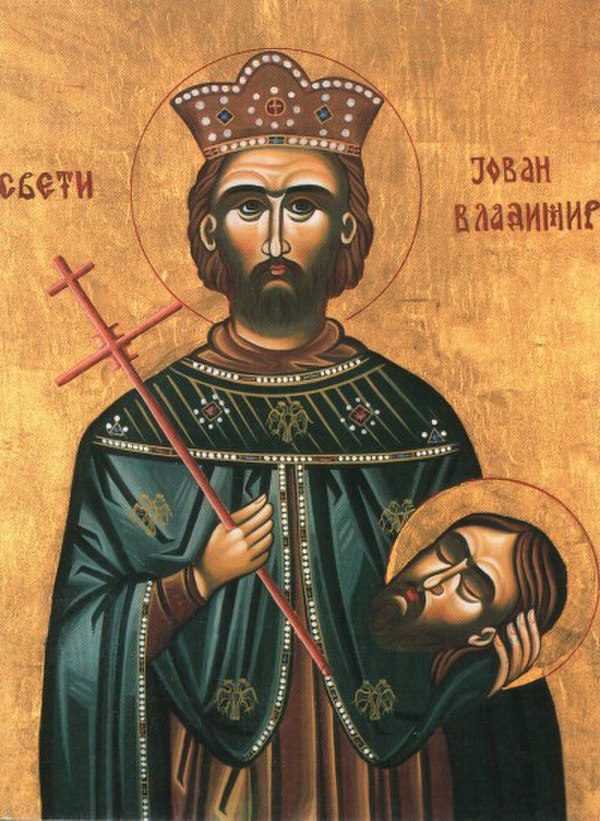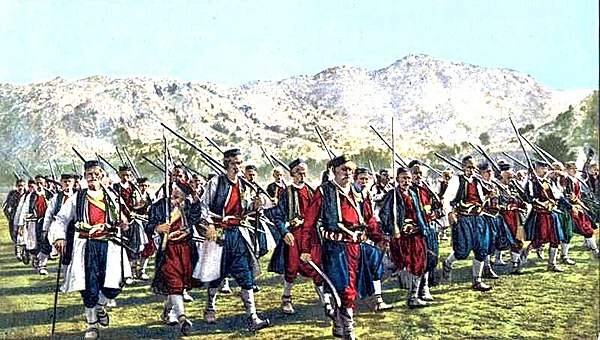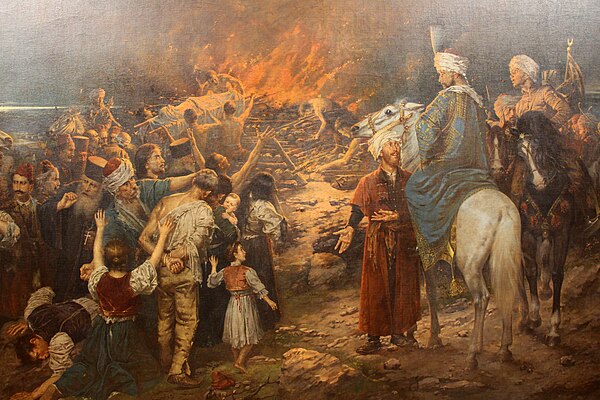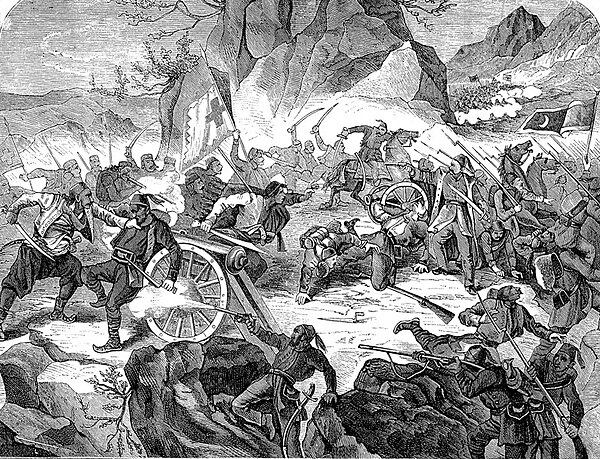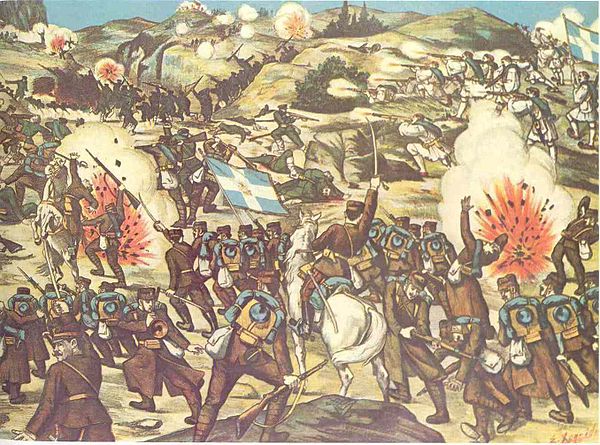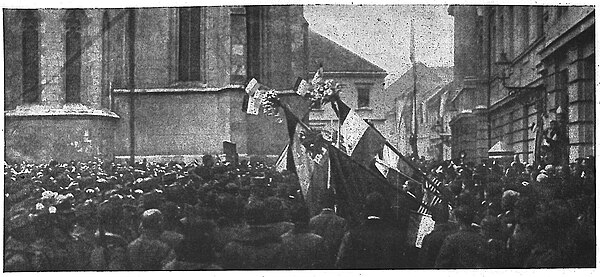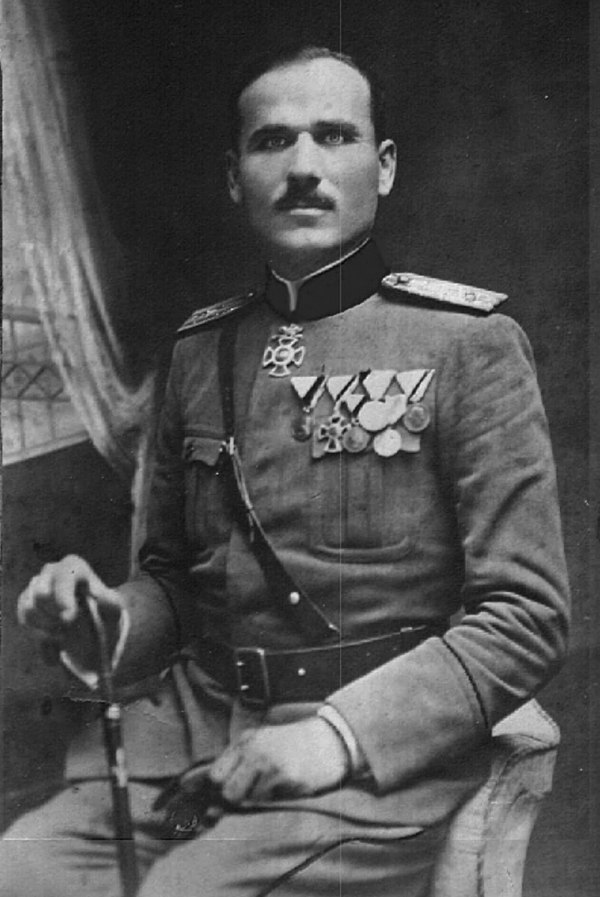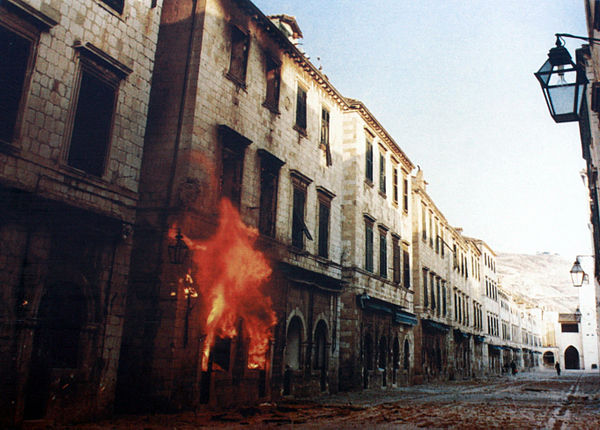
History of Montenegro
The early written records of the history of Montenegro begin with Illyria and its various kingdoms until the Roman Republic incorporated the region into the province of Illyricum (later Dalmatia and Praevalitana) after the Illyro-Roman Wars.
In the Early Middle Ages, Slavic migration led to several Slavic states. In the 9th century, there were three principalities on the territory of Montenegro: Duklja, roughly corresponding to the southern half, Travunia, the west, and Rascia, the north. In 1042, Stefan Vojislav led a revolt that resulted in the independence of Duklja and the establishment of the Vojislavljević dynasty. Duklja reached its zenith under Vojislav's son, Mihailo (1046–81), and his grandson Bodin (1081–1101). By the 13th century, Zeta had replaced Duklja when referring to the realm. In the late 14th century, southern Montenegro (Zeta) came under the rule of the Balšić noble family, then the Crnojević noble family, and by the 15th century, Zeta was more often referred to as Crna Gora (Venetian: monte negro).
Large portions fell under the control of the Ottoman Empire from 1496 to 1878. Parts were controlled by the Republic of Venice. From 1515 until 1851 the prince-bishops (vladikas) of Cetinje were the rulers. The House of Petrović-Njegoš ruled until 1918. From 1918, it was a part of Yugoslavia. On the basis of an independence referendum held on 21 May 2006, Montenegro declared independence on 3 June of that year.



